Inside the pressures facing Quebec’s billion-dollar maple syrup industry | Business and Economy News

[ad_1]
Saint-Urbain-Premier, Quebec, Canada – In clear safety glasses and heavy beige overalls, Jean-Francois Touchette is in his element.
All around him are pipes, tubes, temperature gauges and various humming instruments: all the machinery needed to turn tree sap into maple syrup.
Touchette’s syrup operation is a small one, run out of a modest, two-storey wooden building at the end of a long dirt driveway in rural Quebec.
But as winter turns to spring, Touchette — like thousands of other maple growers in the Canadian province — faces pressure to collect, boil and bottle his harvest.
“It’s a small factory. I’m really at a small scale, but it’s the same, same, same [setup] as the bigger ones,” he told Al Jazeera on a sunny morning in early April, one of the last days of this year’s maple season.
“I produce 650 gallons [about 2,500 litres] a year — 15, 17 barrels.”
Maple syrup is one of Quebec’s most iconic products: No other country or province produces as much of the sticky, sweet topping, often drizzled on pancakes or warm waffles.
But a shifting maple syrup season, driven in part by climate change, has created challenges for the industry.
In 2023, Quebec produced 35.6 million litres (9.4 million gallons) of maple syrup — down 41.4 percent from the previous year, according to data from Statistics Canada.
As temperatures grow more erratic and winters shorten, Quebec’s syrup producers have been forced to adapt to the changing conditions and adjust their operations accordingly.
“We have to tap the trees earlier, and in February, we have to be ready. That’s what it’s brought, climate change: It’s shifting the season,” Touchette said.
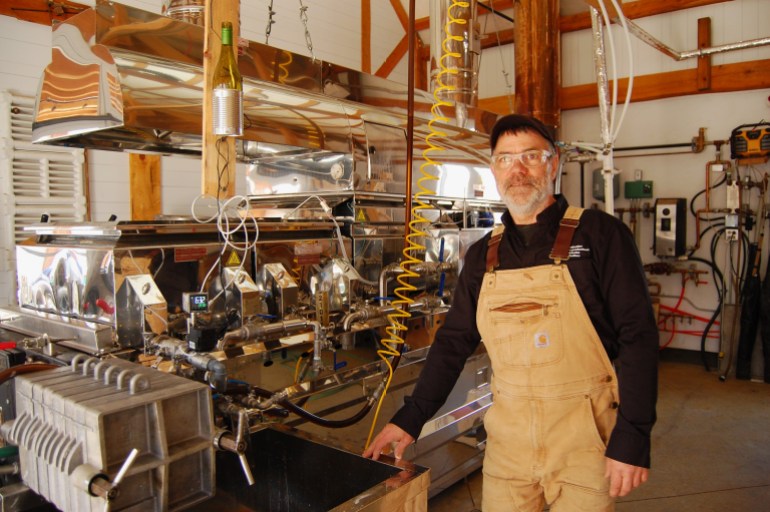
A cycle of freezing-unfreezing
Climate change has a direct impact on the window of time farmers like Touchette have to gather sap, the sweet substance that helps trees transport water and nutrients from their roots to their leaves.
The springtime cycle of freezing temperatures at night — and warmer weather during the day — produces pressure inside maple trees. That build-up of pressure, in turn, allows sap to flow from the tree when its trunk is tapped or pierced for syrup-making.
Advances in technology have boosted maple syrup production in recent decades. Nowadays, there are vacuums to draw sap out and computer systems to pinpoint any disruption in the tubes that connect trees to each other in a maple grove.
But the weather remains key to ensuring a successful harvest.
“It takes a specific cycle of freezing-unfreezing,” explained Sergio Rossi, a professor of forest ecology at Universite du Quebec a Chicoutimi (UQAC) in the province’s Saguenay–Lac-Saint-Jean region.
If Quebec sees prolonged, uninterrupted stretches of subzero temperatures — or, by contrast, warmer weather — that could set back syrup production because it interrupts that necessary cycle, Rossi told Al Jazeera.
“It’s a bit like when you go fishing. You can go out one day, and you’re able to get a good haul. Sometimes you go, and you come home with nothing,” he said. “Maple syrup works a little bit like that.”
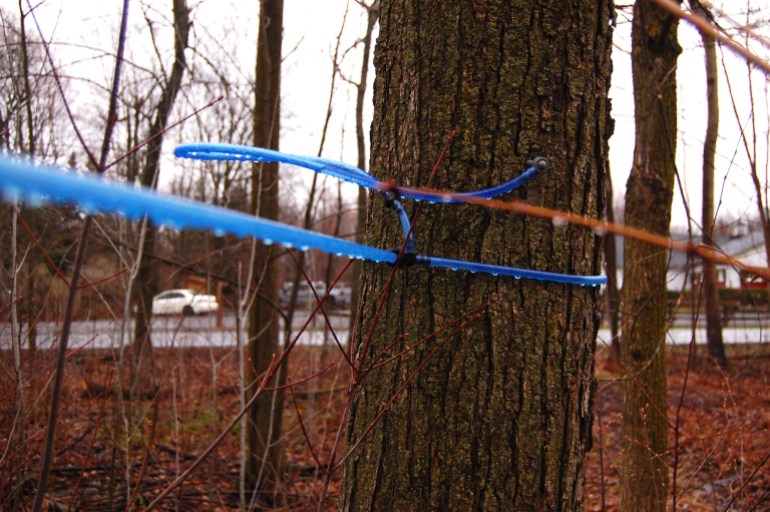
A mild winter
This year, a relatively mild winter meant that Quebec’s maple syrup season began in mid-February across the province — weeks earlier than usual.
Fluctuations in the season, linked to climate change, have made harvests more unpredictable, Rossi said. That means producers must be ready to collect the sap whenever the weather changes.
But larger operations could have a more difficult time adjusting their schedules, given the time and staffing needed to tap massive groves.
“If you have two maple trees in your yard and you want to attach a bucket to produce a little bit of maple syrup to boil at home”, tapping those trees will take only a few minutes, Rossi explained.
“But if you’re a large producer that has 500, 1,000, 10,000, 100,000 [trees], that means 100,000 maple trees to tap. You can’t make that decision at the last minute. You have to prepare in advance.”
An earlier start date for maple syrup production also raises questions around whether the seasons will shift but remain the same duration, or if they will get longer or shorter.
That has raised more questions for researchers such as Rossi. Could changes to the season affect the amount of sap trees produce? Could it affect the amount of sugar the sap contains and its overall quality?
Shifting weather patterns could also alter which areas are best suited for maple syrup production, Rossi added. If the local climate changes significantly, some farms where syrup has been produced historically may no longer be viable.
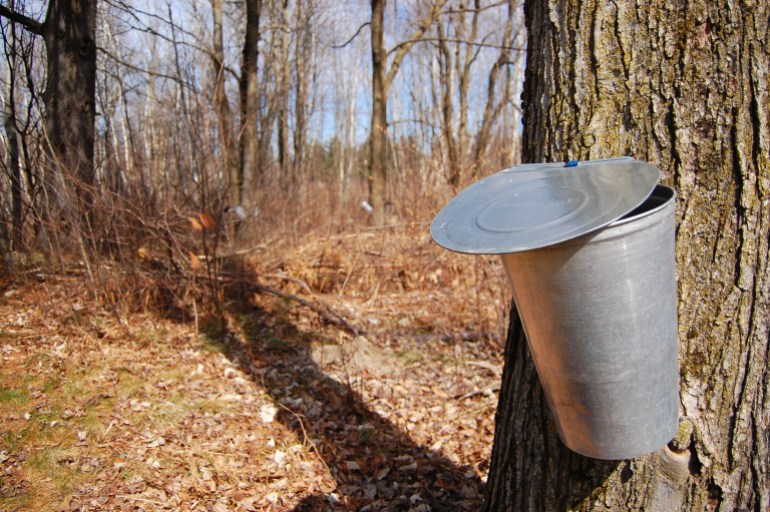
World’s only stockpile
However, with an abundance of maple trees and a climate that is favourable to production, Quebec remains the largest maple syrup producer in Canada.
The French-speaking province prides itself on the billion-dollar industry, which accounts for more than 70 percent of the global supply of maple syrup.
Its business model includes the world’s only maple syrup reserve. That stockpile — known as the Strategic Reserve — is controlled by an organisation that represents 13,000 producers in the province, called Producteurs et productrices acericoles du Quebec (PPAQ) or Quebec Maple Syrup Producers.
The PPAQ oversees a quota system that regulates how much maple syrup each producer can make annually and how much goes out on the market. It uses the reserve to keep supplies steady, in case unpredictable temperatures or other factors dampen production.
The stockpile also helps to ensure that domestic and foreign markets don’t face shortages. Most of what gets made in Quebec ends up south of the border in the United States or in other foreign markets such as France, Germany and the United Kingdom.
And over the years, Quebec’s maple syrup reserve has intrigued people both across Canada and around the world.
In 2012, for instance, authorities discovered that more than 9,500 barrels valued at more than $13m ($18m Canadian dollars) had been stolen from a Strategic Reserve warehouse and replaced with water.
More than a dozen people were arrested for their roles in the “Great Maple Syrup Heist”, and the convicted mastermind behind the scheme was ordered to pay back the dollar amount he had sold the syrup for — more than $6.5m ($9m Canadian dollars).
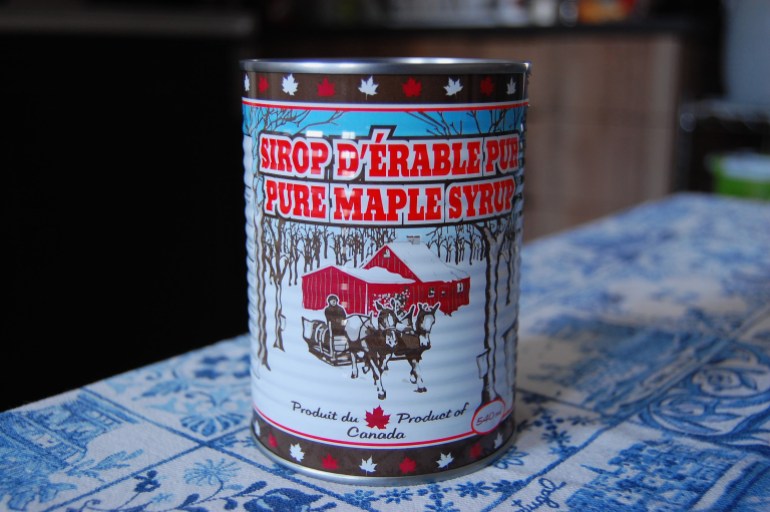
A historic low
But the reserve made headlines in recent years for another reason: its plummeting supplies.
The drop came as global demand for maple syrup shot up during the COVID-19 pandemic and production dipped due to the weather and other environmental factors.
While the PPAQ was able to dip into the Strategic Reserve to keep supplies consistent during the slowdown, the stockpile now sits at its lowest level in more than 15 years, explained Joel Vaudeville, the group’s communications director.
A year ago, the reserve housed nearly 16 million kilogrammes (35 million pounds), spread across three warehouses in the Centre-du-Quebec and Chaudiere-Appalaches regions of the province.
Today, however, the reserve counts only 3.1 million kilos (6.9 million pounds) of maple syrup — a historic low that drew international headlines.
“It’s really about what Mother Nature brings us each spring,” Vaudeville told Al Jazeera in a phone interview in late March.
“Our window for production is only five to seven weeks long,” he said. “When we lose production days because of unfavourable temperatures, of course it makes a big difference for us.”
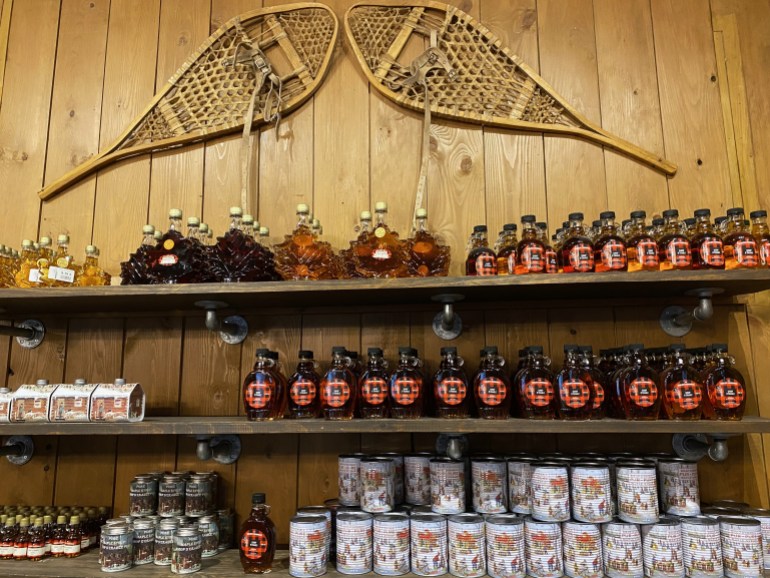
Hopeful outlook
Despite the hurdles, producers are hopeful that 2024 will yield better results than past seasons.
“In mid-February, we were worried,” Vaudeville said. “We didn’t have any indication of whether we’d have a good season of maple syrup production, and we knew stocks were less and less available both at the Strategic Reserve and on the processing side.”
But that changed by late March, he explained, and Quebec maple syrup producers are expecting a good haul to help replenish the reserve.
“It’s too early to do an overall assessment, but we can say with confidence that we’ll make a lot more syrup than last year,” Vaudeville said. Having 45 million kilos (100 million pounds) of maple syrup, he added, would put the reserve at a “comfortable” level.
He said the PPAQ is trying to boost production capacity too. Between now and April 1, 2026, the organisation intends to put 14 million additional taps in place to draw sap out of maple trees.
That represents 19 million kilos (42 million pounds) of potential syrup production, Vaudeville explained.
That production is key to continuing long-cherished traditions in Quebec. While 85 percent of Quebec maple syrup is exported, it remains a staple in many Quebec households.
Many Quebecers also take part in a maple-related road trips every spring: They visit a “cabane a sucre” — or sugar shack — to have a syrup-soaked meal and explore erablieres, the groves of maple trees where the whole process begins.
“Maple syrup for Quebecers is like the Montreal Canadiens,” Vaudeville said, referring to the professional hockey team. “In other words, it’s part of our national identity.”
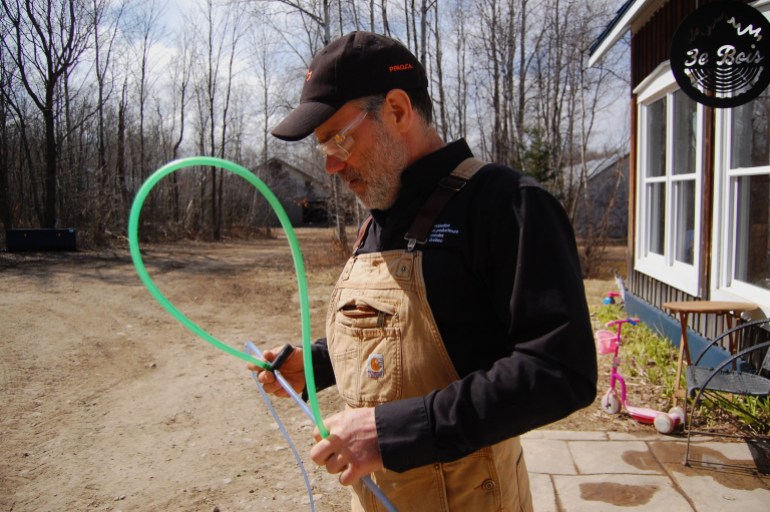
‘Effervescent’ harvest
That sense of national pride was echoed by Touchette, the maple syrup producer in Saint-Urbain-Premier, about 40km (25 miles) southwest of Montreal in Quebec’s Monteregie region.
“We’ve been bathing in maple syrup for a long time,” he told Al Jazeera. “It’s the first harvest of the year, so it’s effervescent.”
Despite the challenges that climate change can bring — including strong winds and ice storms that damage trees — Touchette said 2024 was an average season. “We won’t break records. We’ll have a good harvest,” he said.
As always, maple syrup production remains subject to the whims of nature, he added.
“That’s why we have a common market and a reserve, because it’s the weather that governs. We have to be able to absorb these production cycles,” he said.
“Otherwise, you’ll lose your place on the shelf, and people will buy something other than maple syrup.”
[ad_2]



